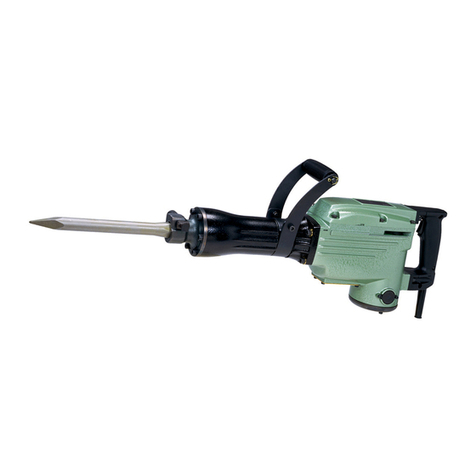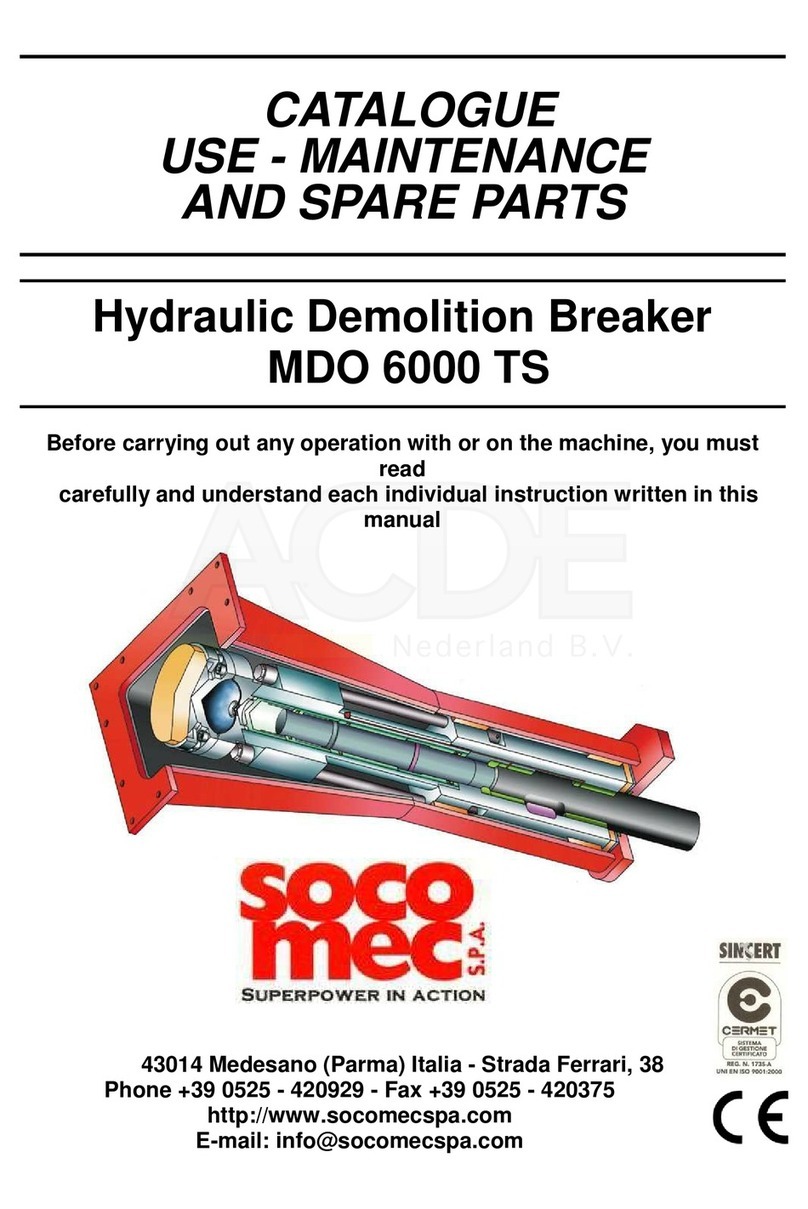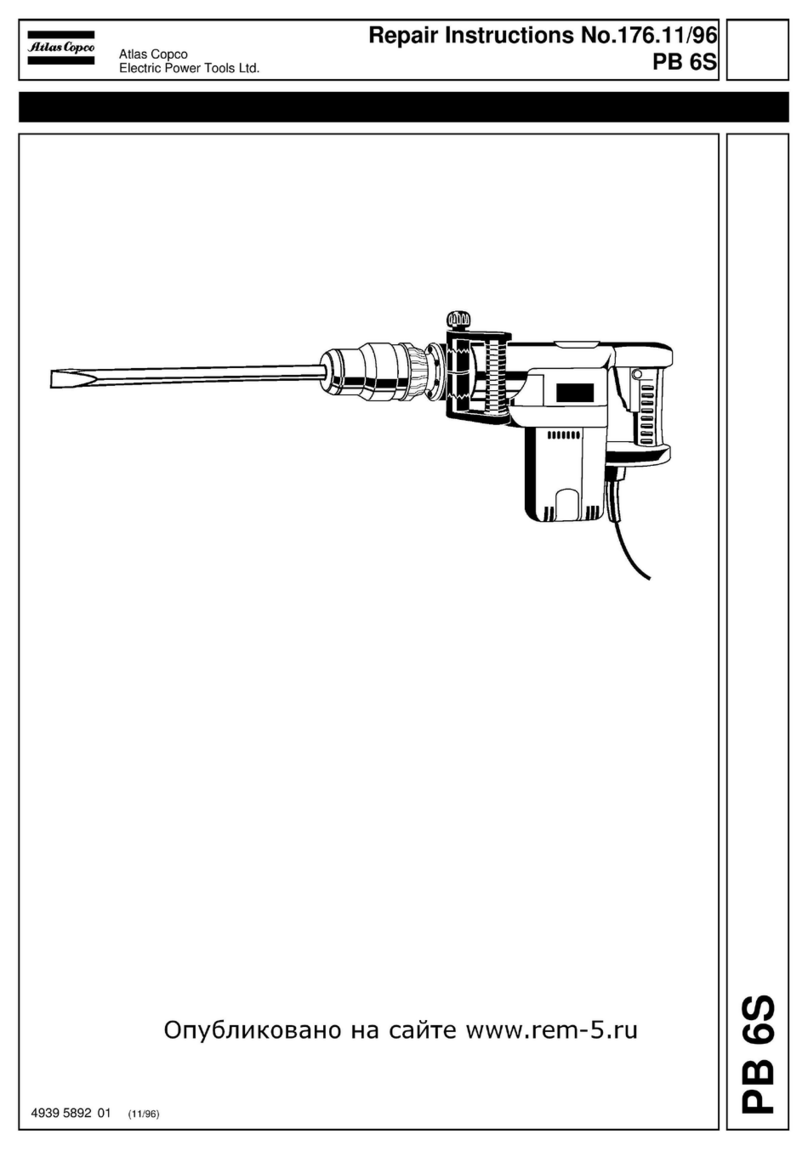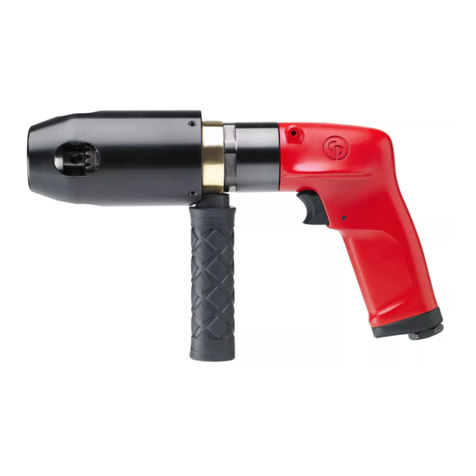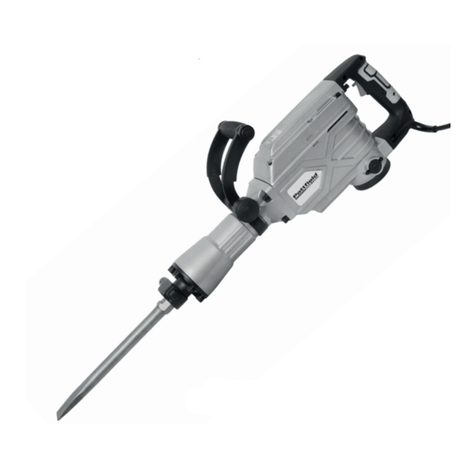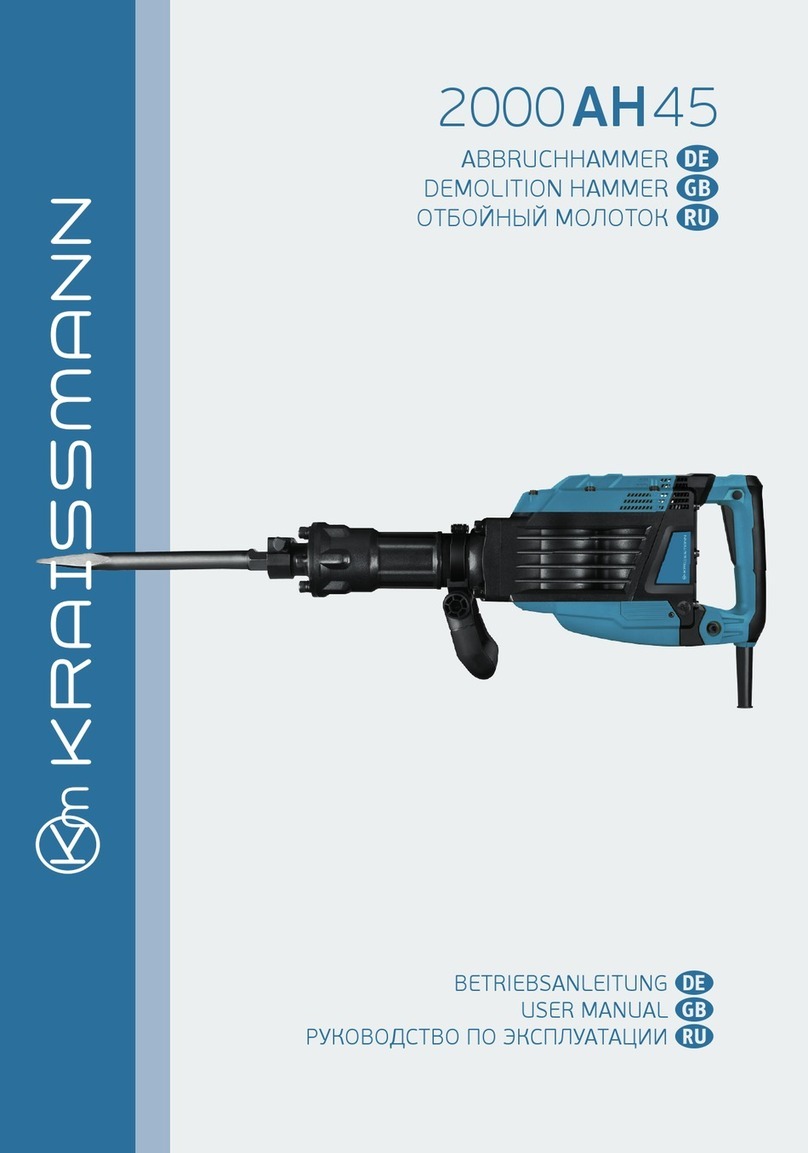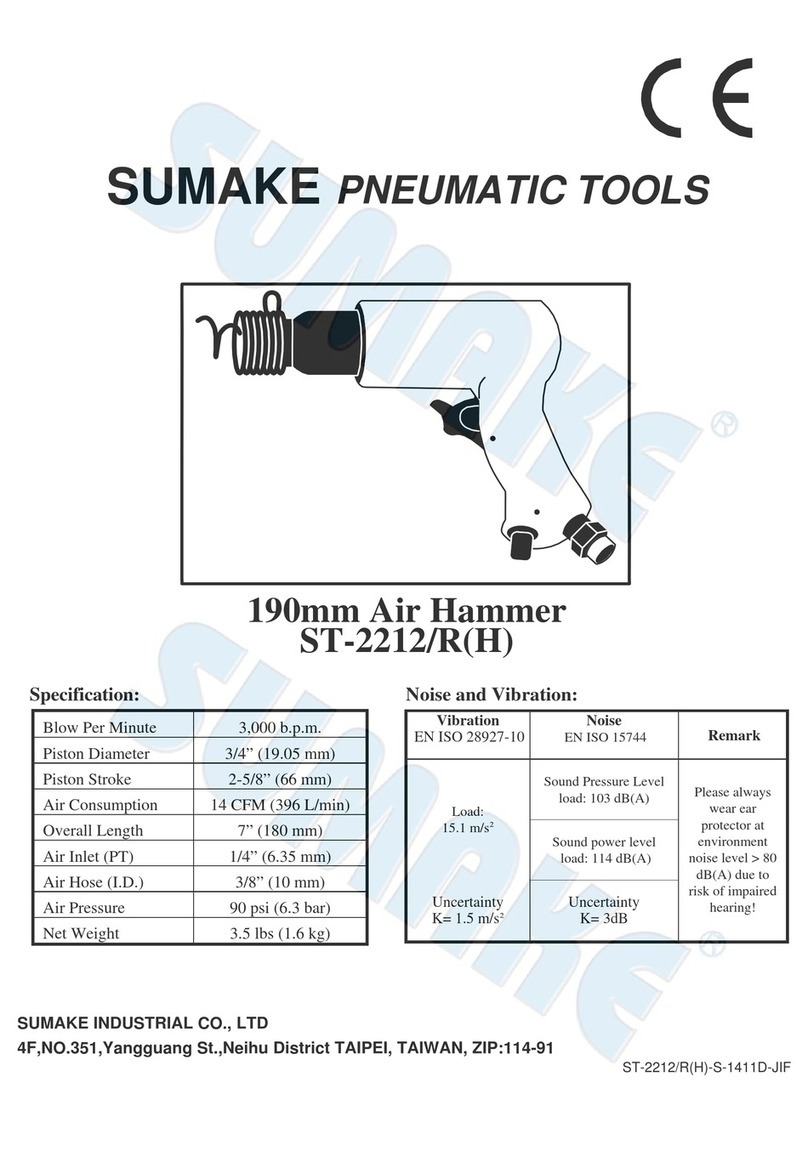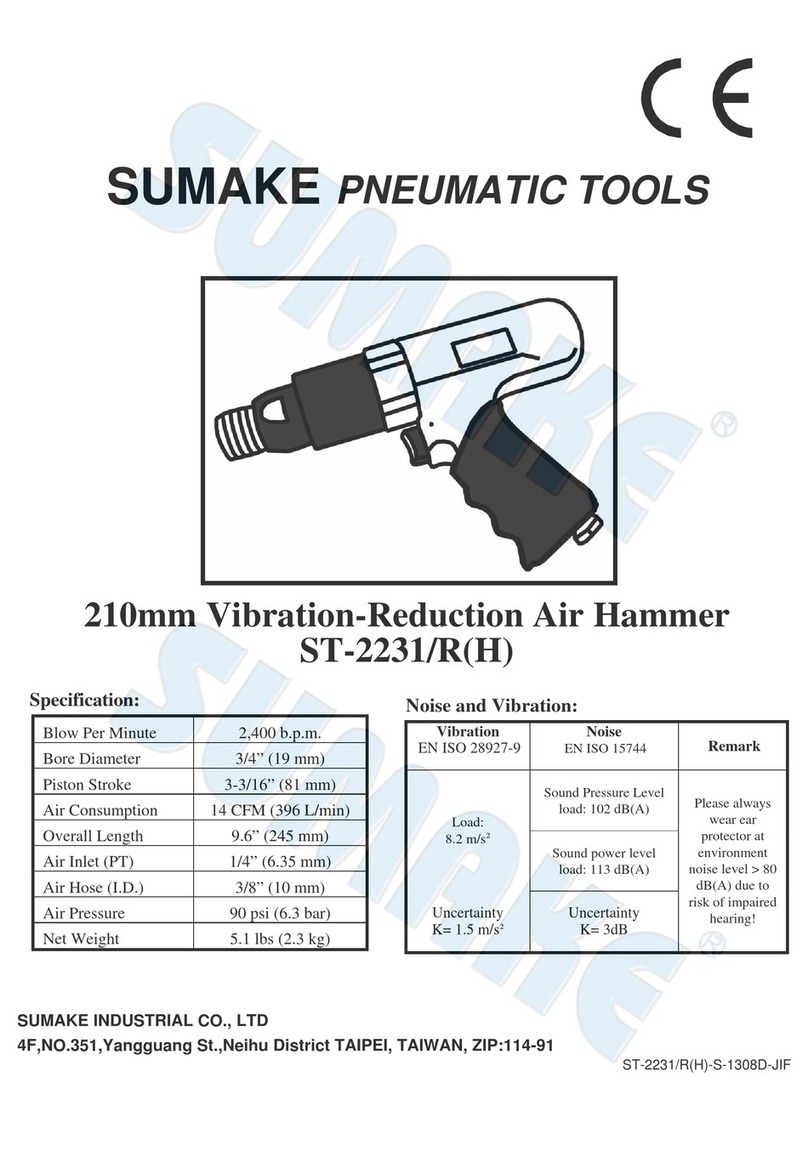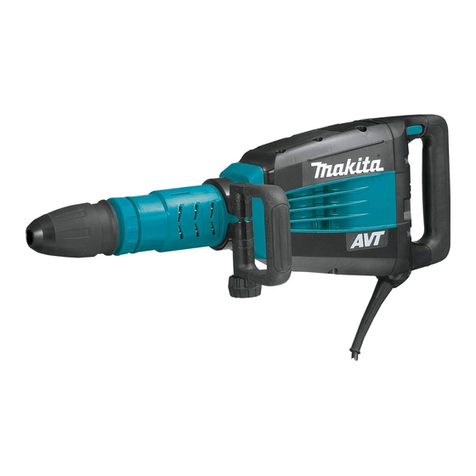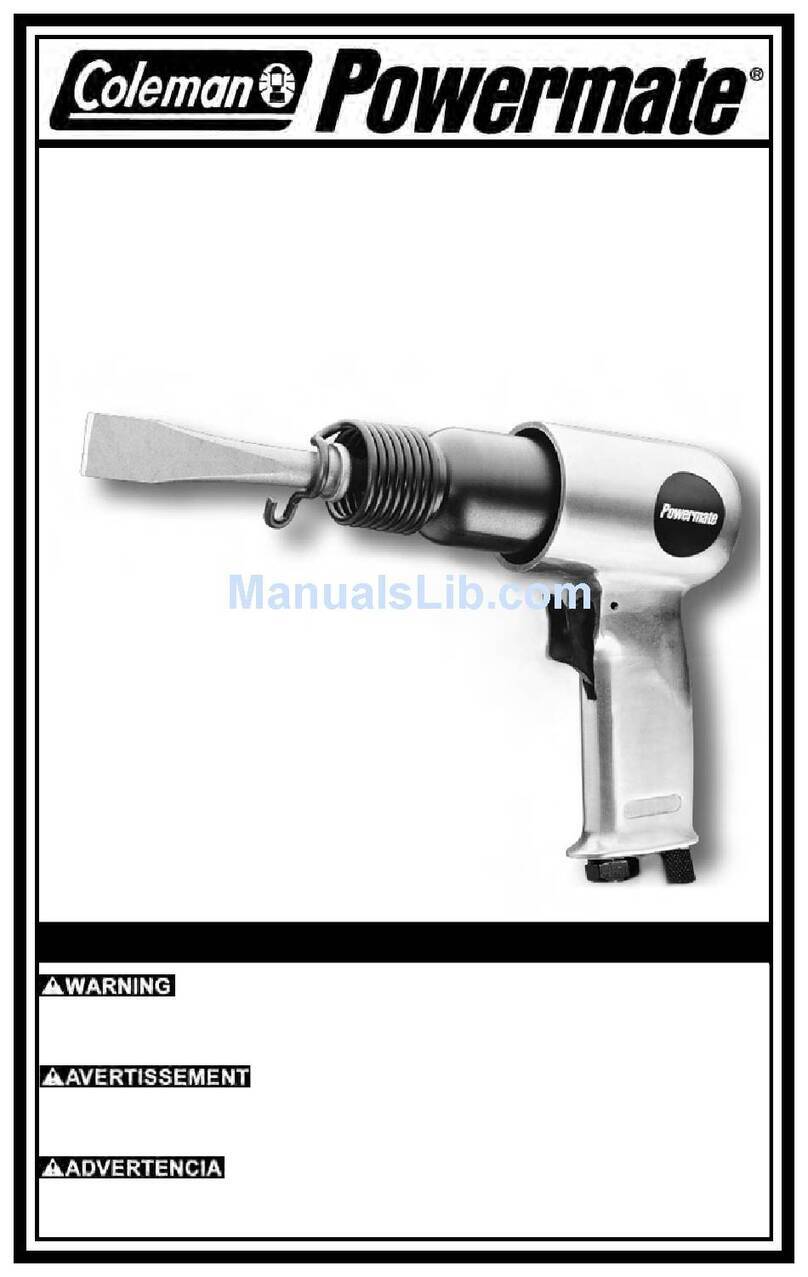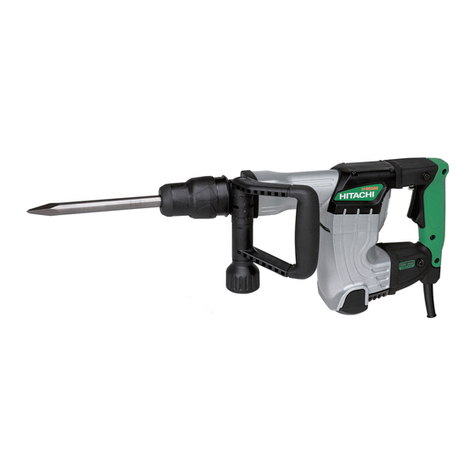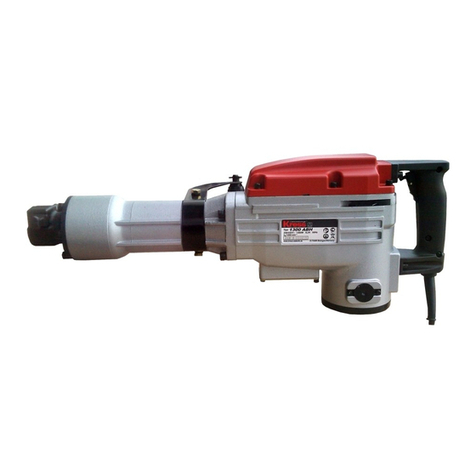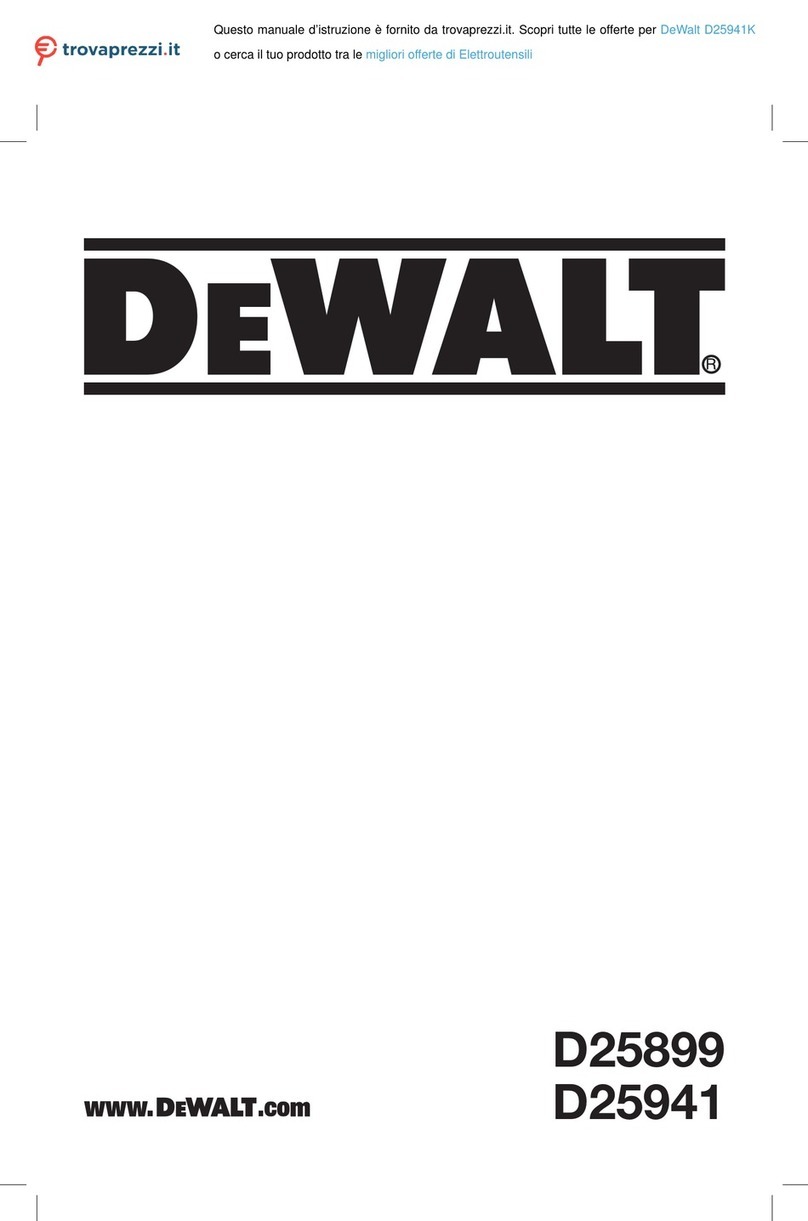
Table of Contents
INTRODUCTION............................................................................................................. 1
GENERAL NOTES.......................................................................................................... 1
SAFETY INSTRUCTIONS .............................................................................................. 2
SAFETY PRECAUTIONS ............................................................................................... 4
TECHNICAL SPECIFICATIONS..................................................................................... 6
UNPACKING AND CHECKING CONTENTS.................................................................. 7
Cleaning ...................................................................................................................... 7
TRANSPORTING AND LIFTING .................................................................................... 8
INSTALLATION............................................................................................................... 9
ELECTRICAL................................................................................................................ 10
OPERATION................................................................................................................. 12
Power Hammer Mode................................................................................................ 12
Rigid Mode ................................................................................................................ 14
English Wheel Mode.................................................................................................. 15
MATERIAL SELECTION............................................................................................... 16
LUBRICATION AND MAINTENANCE .......................................................................... 16
PARTS DIAGRAM ........................................................................................................ 17
Stand/Frame Assembly Parts Diagram ..................................................................... 17
Slide Block Assembly Parts Diagram ........................................................................ 18
Pulley Assembly Parts Diagram ................................................................................ 19
Crankshaft Assembly Parts Diagram......................................................................... 20
Clevis Shaft Assembly Parts Diagram ....................................................................... 21
Bell Crank Assembly Parts Diagram.......................................................................... 22
Main Lever Assembly Parts Diagram ........................................................................ 23
Height Adjustment Assembly Parts Diagram............................................................. 24
Left Hand Frame Assembly Parts Diagram ............................................................... 25
Guard Assembly Parts Diagram ................................................................................ 26
Parts List ................................................................................................................... 27
